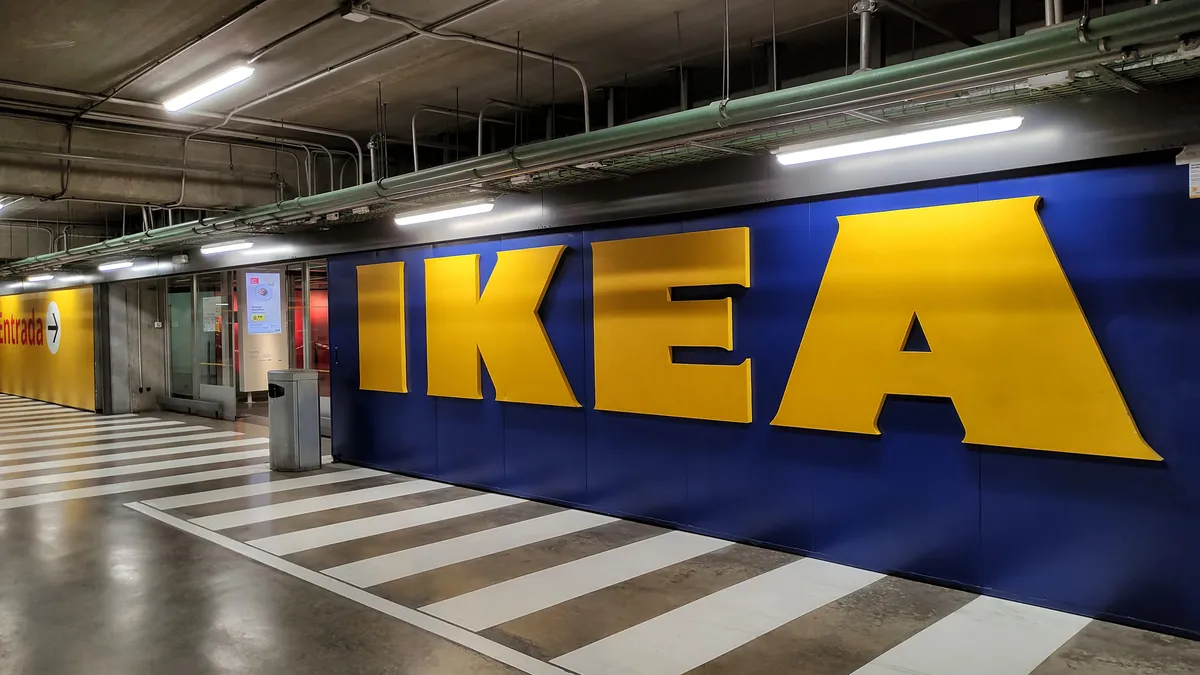Dive Brief:
-
Dropbox custom-built an edge-proxy architecture into its global network, according to an announcement from its blog. The architecture is designed to increase syncing speed for users and cut costs for the company, according to Tech Crunch. Dropbox will use its software, Linux hardware and its dedicated fiber cable.
-
Dropbox already added hundreds of gigabits of internet connectivity with transit providers and hundreds of new peering partners, according to the blog. Dropbox users are no longer required to find new connections through multiple ISPs when they access data. The nearest Dropbox PoP routs user data, "lowering latency, reducing the frequency of dropped signals, and ultimately accelerating upload and download speeds," according to the blog.
-
Some users have seen sync speeds increase by as much as 300%, the company reports.
Dive Insight:
Dropbox announced last year that it would move off of Amazon Web Services' cloud storage, focusing instead on its internal network. And it's been doing that, building a massive private network for its users that eliminates the bottlenecks associated with using the internet.
This type of custom-built infrastructure is common among web-scale companies like Google, Amazon and Facebook, TechCrunch reports. But with more than 500 million users globally and more than 500 petabytes of data, Dropbox said it had reached the point where it made more sense to build its own network.
By using its network, Dropbox also expects to gain more control over its operations, improve the user experience and cut costs.
A growing number of companies are building their infrastructure and moving away from standard offerings. In some cases these moves can have a big effect on the cloud provider. Earlier this month, Facebook announced plans to move its WhatsApp messaging service off IBM's cloud onto Facebook's data centers. WhatsApp is currently used by more than 1 billion people, making it one of IBM's biggest cloud customers.













